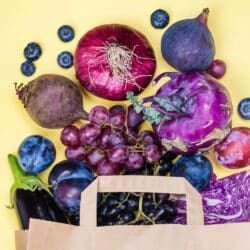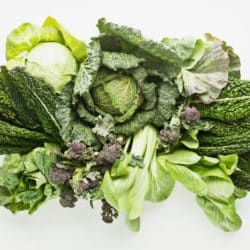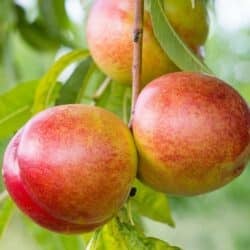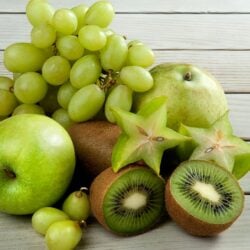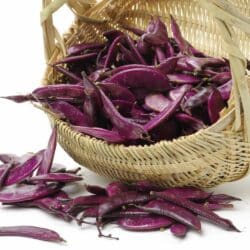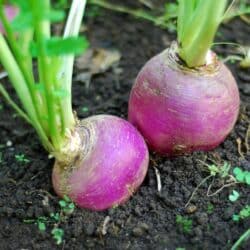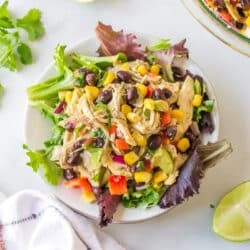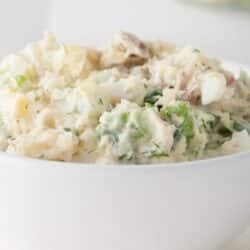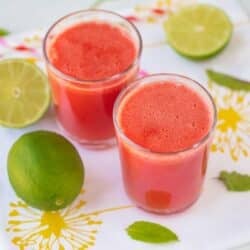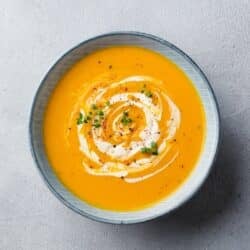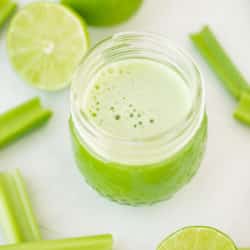15+ Vegetables That Start with M
Find the most comprehensive and unique list on the web for “vegetables that start with the letter m.” You’ll likely see some veggies that you recognize and some that are new to you!
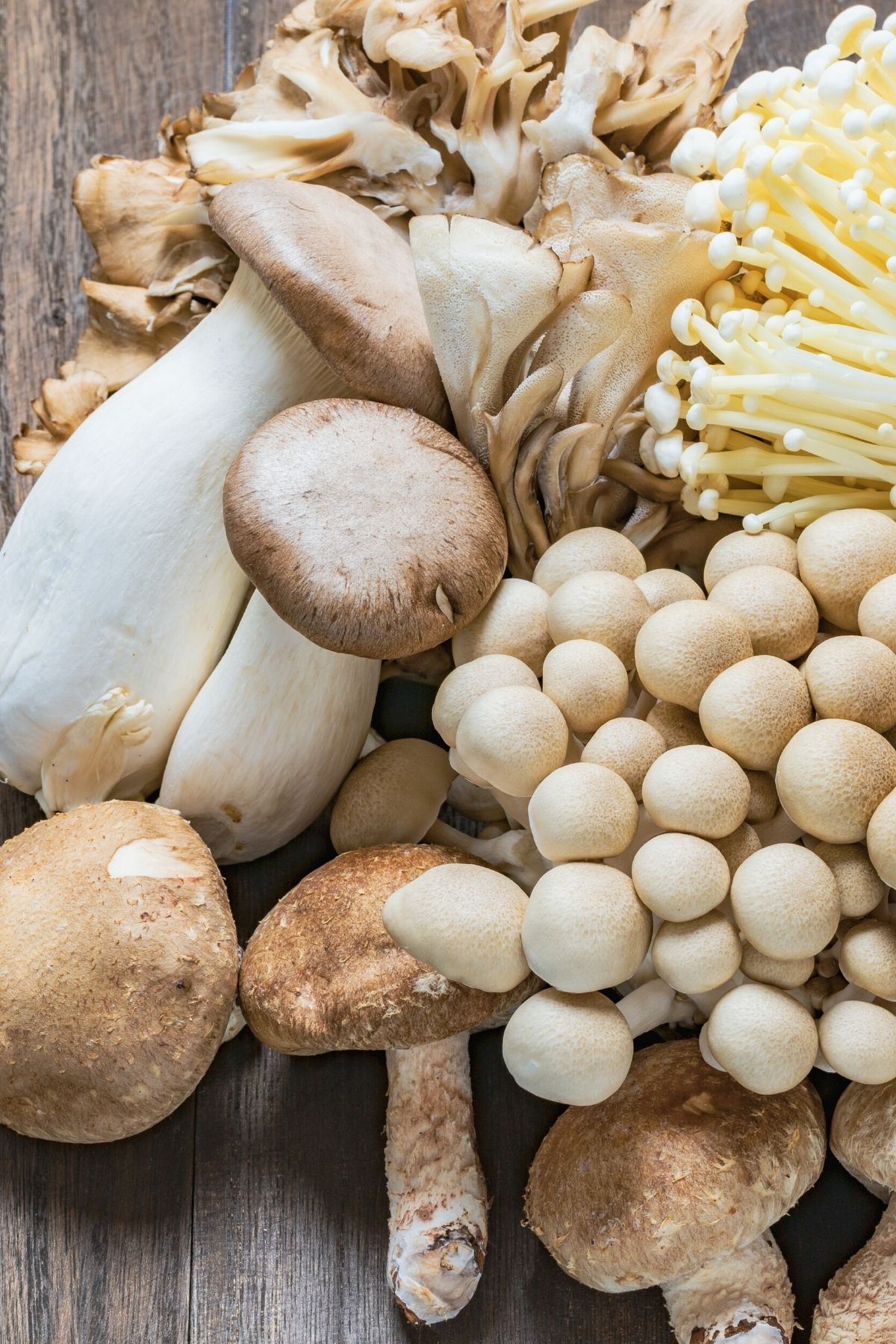
Vegetables That Start with M
From mushrooms to leafy greens, here is a list of vegetables all starting with the letter M. Find some of the most popular vegetables, plus some ones that are likely new to you!
You might also like my list of Vegetables That Start with T.
1. Malabar Spinach
This vegetable is also known as Basella alba and is a part of the family Basellaceae. Malabar spinach is found in tropical areas of Africa and Asia, where it’s eaten as a leaf vegetable. It is native to Southeast Asia and New Guinea.
Malabar spinach leaves are edible and have a mild peppery, citrus flavor. The texture of Malabar Spinach is similar to chard.
Malabar spinach is high in Vitamin A, Vitamin C, iron, and calcium. It also has a significant amount of protein for a plant and is a good source of phosphorus, potassium, and magnesium.
2. Mallow
Mallow is a leafy vegetable that is in the Malvaceae family. This vegetable is found throughout Asia and Europe. Mallow has been used medicinally for centuries, and only recently has it become popular as a food source.
The leaves and flowers of the mallow plant are edible and have a very mild flavor. Mallow leaves can be eaten raw or cooked.
Mallow is a good source of iodine, vitamin B complex, vitamin A, vitamin C, calcium, magnesium, potassium, zinc, iron, selenium, and sodium.
3. Molokhia
Molokhia, also known as Mulukhiyah, molokheyya, or mulukhiyyah, are the leaves of the Corchorus olitorius plant. This vegetable originated in ancient Egypt.
The leaves of Molokhia look like mint and taste similar to spinach. Molokhia is a good source of vitamins, minerals, carotenoids, and antioxidants.
4. Malanga
Malanga, or Colocasia esculenta, is a root vegetable or edible tuber that is also known as taro. This vegetable is part of the Araceae family and is primarily used for its corms, leaves, and petioles.
This vegetable is primarily grown in the tropics, Central America, or South America, including Ecuador, Dominican Republic, Nicaragua, Cuba, and Costa Rica.
The taste of malanga has been described as nutty with a hint of walnut. It is very similar to a potato in texture. Malanga is an excellent source of potassium.
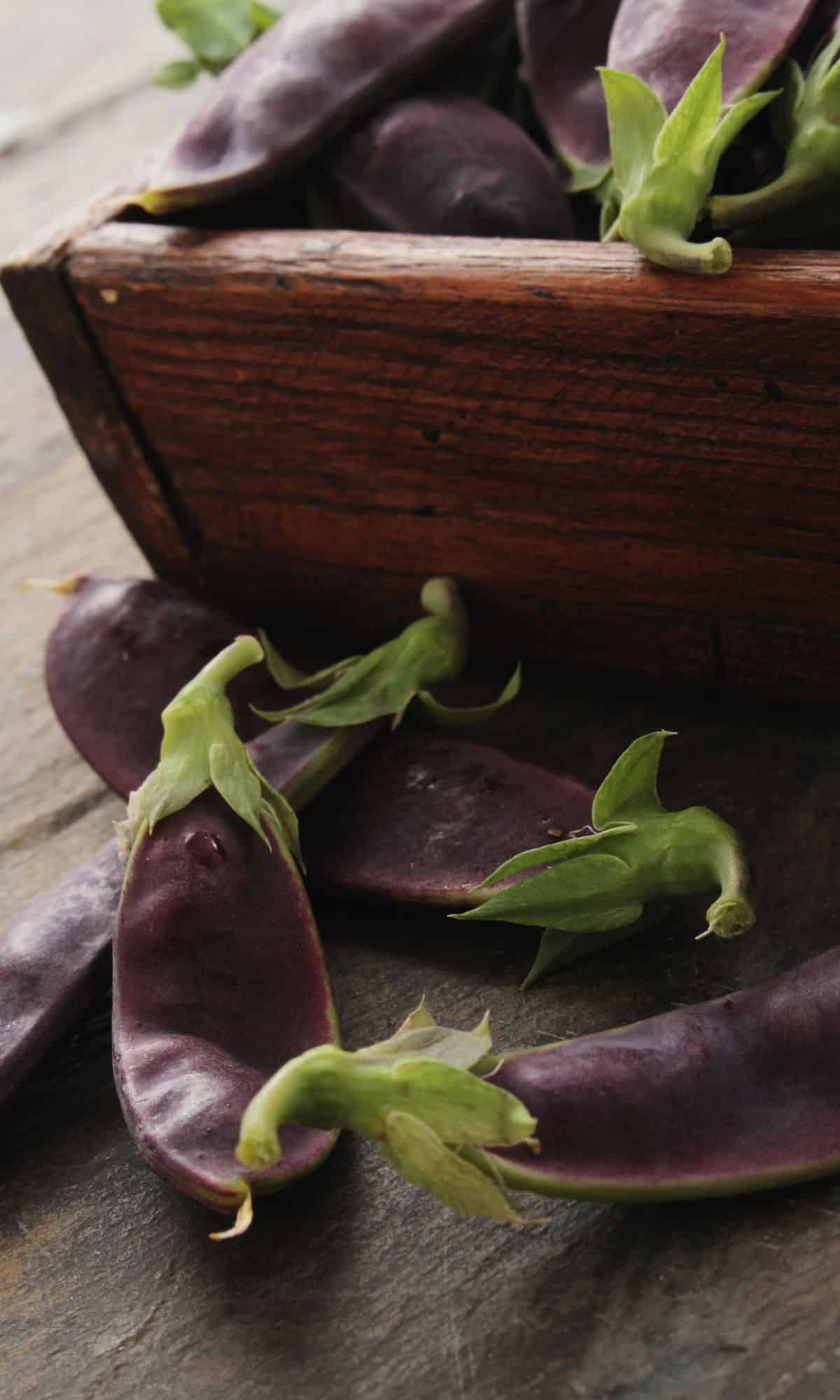
5. Mangetout
Mangetout, also known as snow peas, is a type of pea that is eaten with the pod. This vegetable is considered a legume and is part of the Leguminosae family.
Mangetout can be eaten raw or cooked and has a sweet flavor. The pods of the mangetout are crunchy and can be used in salads or as a garnish. Mangetouts are very rich in potassium.
6. Miner’s Lettuce
This leafy vegetable is also known as Claytonia perfoliata (its scientific name) and is part of the Montiaceae family. This plant is found in North America, where it’s used as a salad green.
Miner’s lettuce is bright green and has a mild and sweet flavor. This vegetable is a good source of vitamin C, vitamin A, iron, beta-carotene, and protein.
7. Mushrooms
Mushrooms are a type of fungi also known as Agaricus bisporus. Mushrooms were considered to be unique and supernatural in origin 4600 years ago by the Egyptians.
Mushrooms can be eaten raw or cooked and have a variety of flavors depending on the type. Mushrooms are low in calories but high in nutrients. They are a good source of pantothenic acid, riboflavin, and niacin.
8. Morels
Morels are a type of edible fungi that have a spongy, honeycomb-like appearance. These mushrooms are part of the Morchellaceae family. They are found primarily in North America on the borders of forested areas, especially around aspen, elm, oak, and ash trees.
Morel mushrooms are a type of mushroom that have a nutty flavor and can be eaten raw or cooked. In addition, morels are known to be a source of very high amounts of vitamin D.
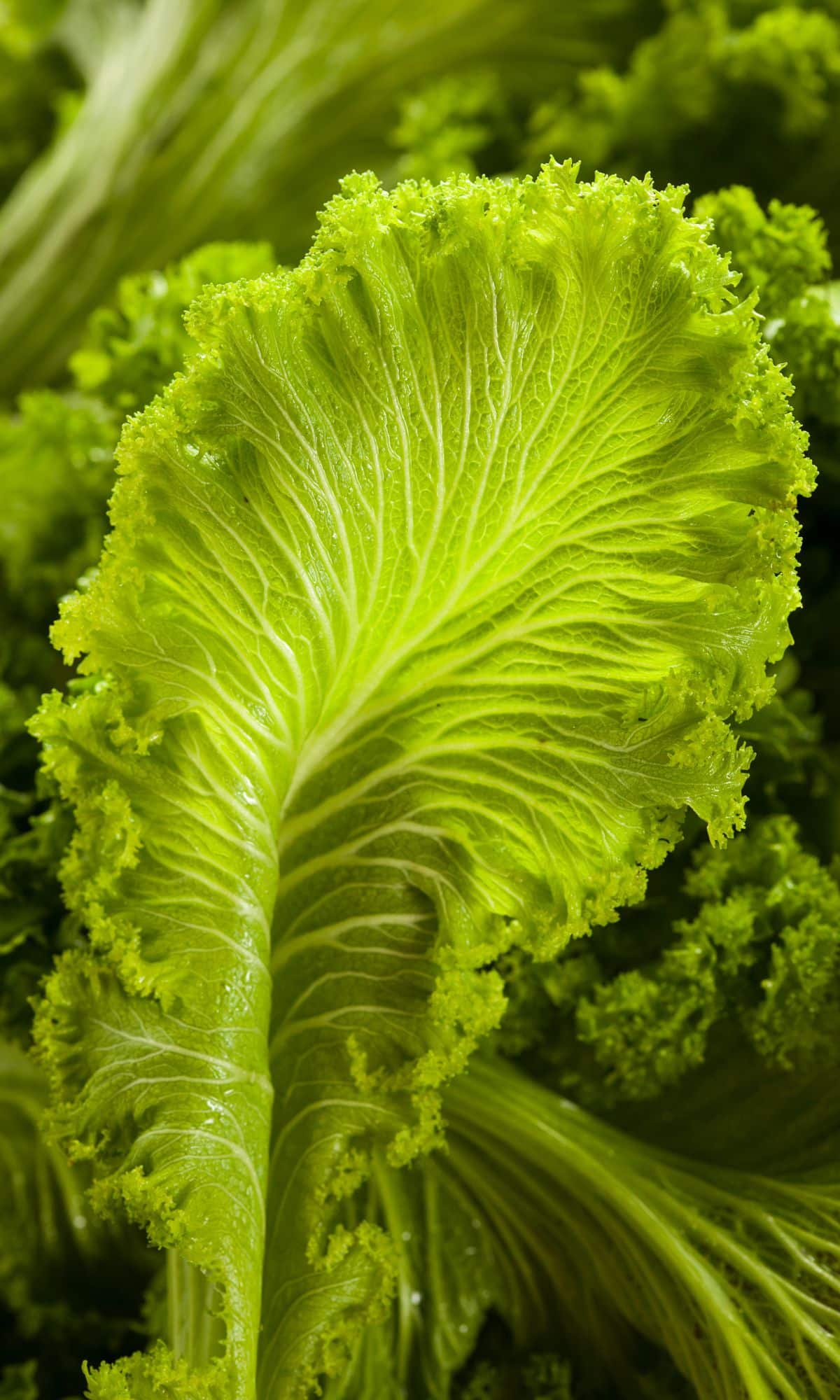
9. Mustard Greens
Mustard greens are a leafy vegetable that is part of the Brassicaceae family. This vegetable originated in the Himalayan region of India. Today, Nepal, China, Japan, India, and the United States are the leading producers of mustard greens.
Mustard greens can be eaten raw or cooked and are similar to spinach. These greens are less bitter than kale or collard greens and are more peppery, like arugula. They are exceptionally high in vitamin K and vitamin C.
11. Mizuna Greens
Mizuna greens are a type of mustard green. This vegetable originated in China and is now grown primarily in Japan.
This leafy green vegetable is also called Japanese mustard greens and is common in Asian countries.
These greens are described as a mix between arugula and mustard greens with a mild, bitter, peppery flavor. Mustard greens are very high in vitamin K.
12. Mozuku
Mozuku is a type of seaweed that is part of the Cladochondraceae family. This vegetable is native to Okinawa, Japan, and is harvested from the sea. It looks like seaweed and is dark brownish-green in color.
Mozuku has a light, chewy texture with a mild, salty flavor. Seaweed is a good source of Iodine and Vitamin K.
13. Mung Beans
Mung beans are part of the legume family. This bean is primarily produced in the East, Southeast, and South Asia. It is typically used as an ingredient in both savory and sweet dishes.
These beans are small and olive-green in color with a white speck in the center. Some claim that mung beans’ mild flavor is reminiscent of potatoes.
Mung beans are high in folate, iron, protein, and fiber.
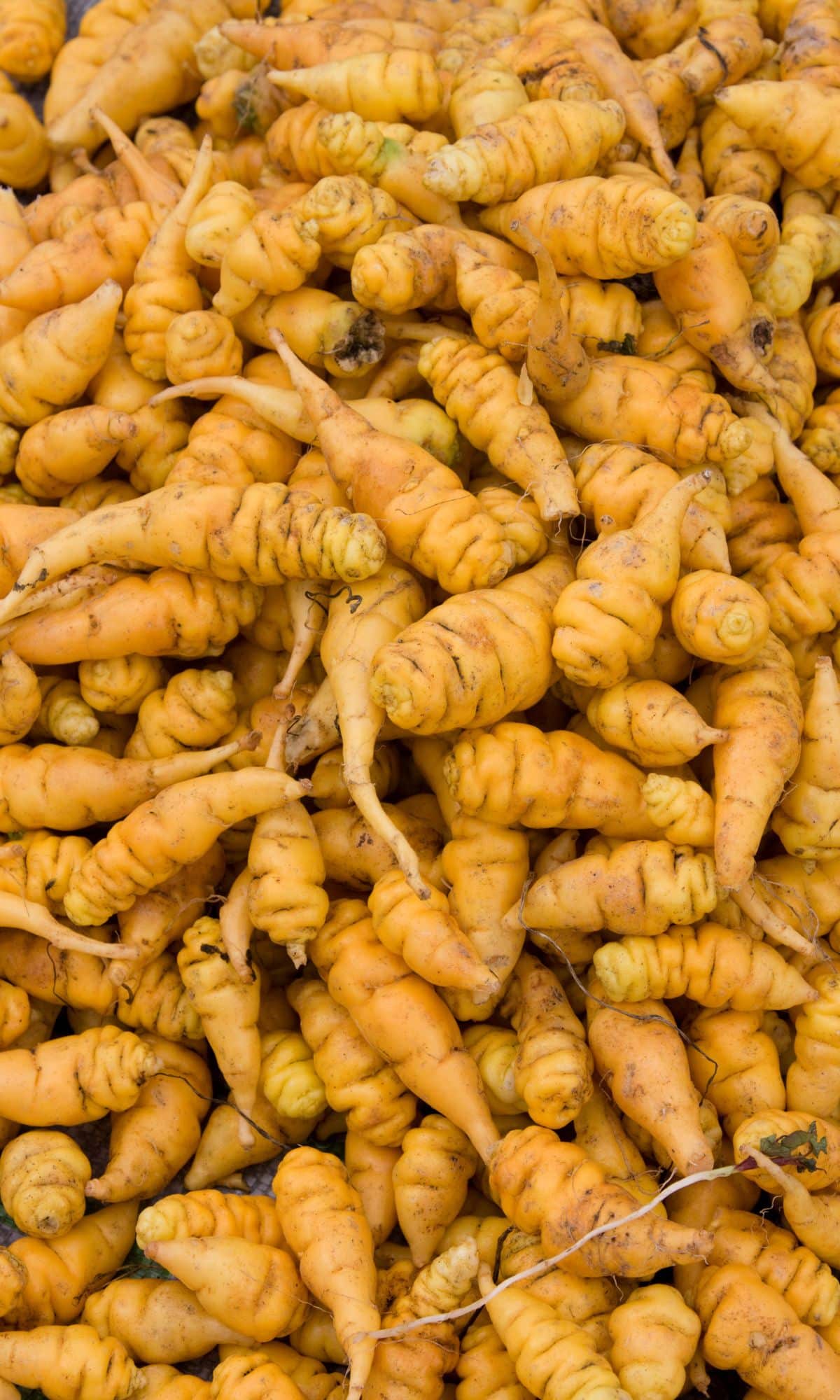
14. Mashua
Mashua, or Tropaeolum tuberosum, is a tuber vegetable that is part of the Tropaeolaceae family. It is grown in Peru, Bolivia, Columbia, and Ecuador. Mashua can be eaten cooked or roasted.
Mashua has a flavor that is similar to a radish when raw. It is a long beige, brown, or orange vegetable with indents throughout. This vegetable is high in vitamin C.
15. Maize
Maize is also known as corn. This cereal grain originated in Mexico about 10 thousand years ago. Maize is now grown throughout the world on every continent except Antarctica.
Maize is best when cooked or ground into flour. It has a sweet flavor and is often used as a side dish or ingredient in various dishes such as polenta or tortillas. In addition, maize is high in vitamin C.
Additional Veggies Starting with M
There are even more veggies starting with the letter M including: moth beans and manoa lettuce. Let me know if there are others that need to be added to this list!
More Helpful Lists of Fruits and Vegetables
Conclusions
The vegetables listed in this article are just a sampling of the many that start with the letter M. There are so many different types of vegetables to explore, and each one has its own unique flavor and nutrients.
I hope you will try some of the vegetables on this list and discover new flavors and health benefits. Which vegetable from this list are you most excited to try?
Don’t forget to join my newsletter list to get exclusive clean eating recipes and tips. The newsletter is 100% free with no spam; unsubscribe anytime.
About the Author: Carrie Forrest has a master’s degree in public health with a specialty in nutrition. She is a top wellness and food blogger with over 5 million annual visitors to her site. Carrie has an incredible story of recovery from chronic illness and is passionate about helping other women transform their health. Send Carrie a message through her contact form.


